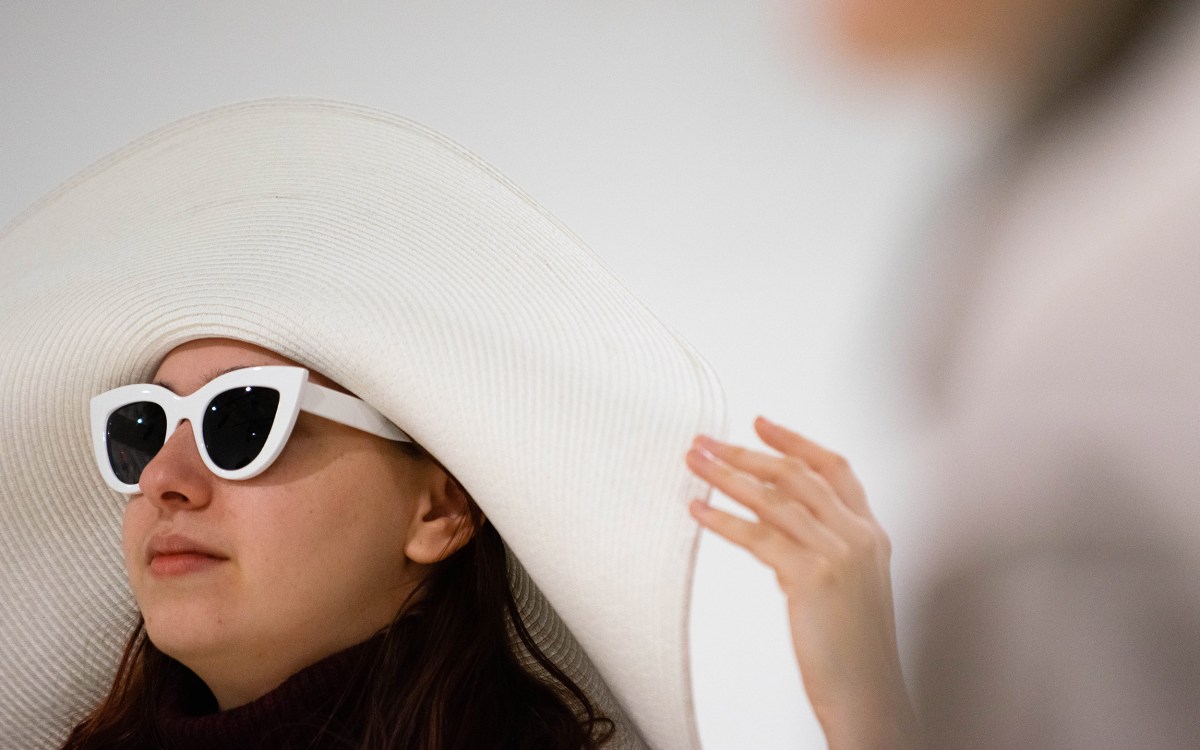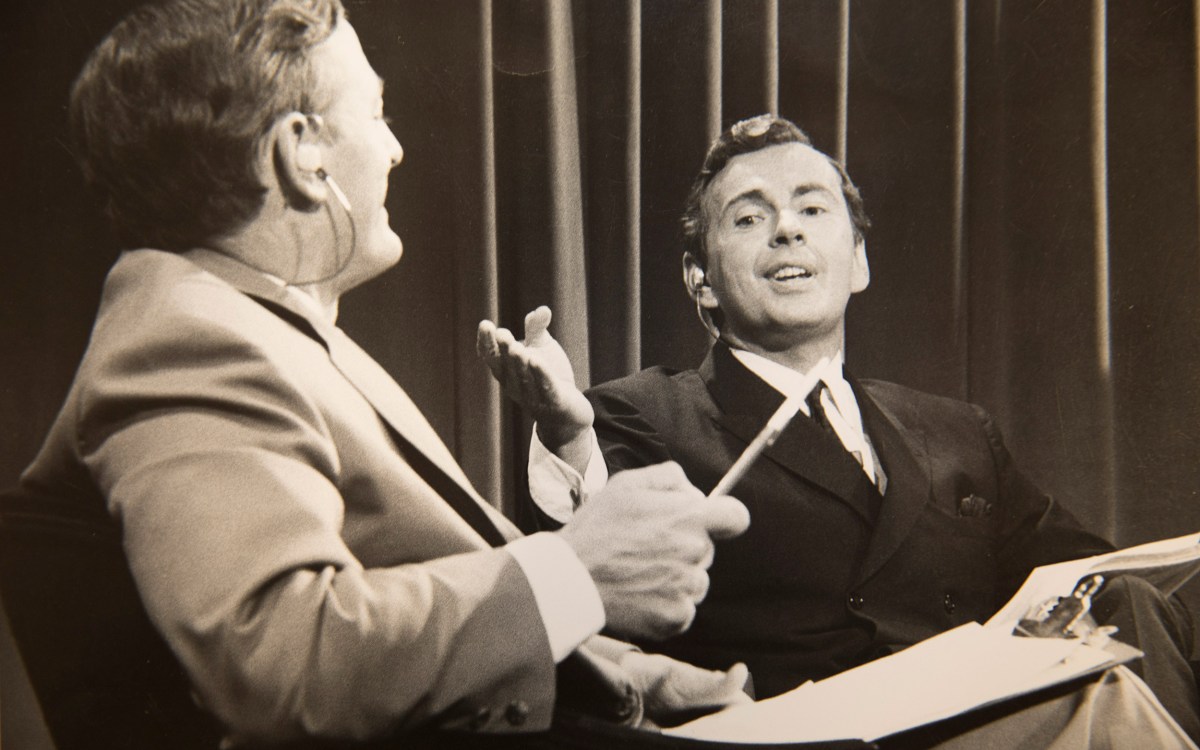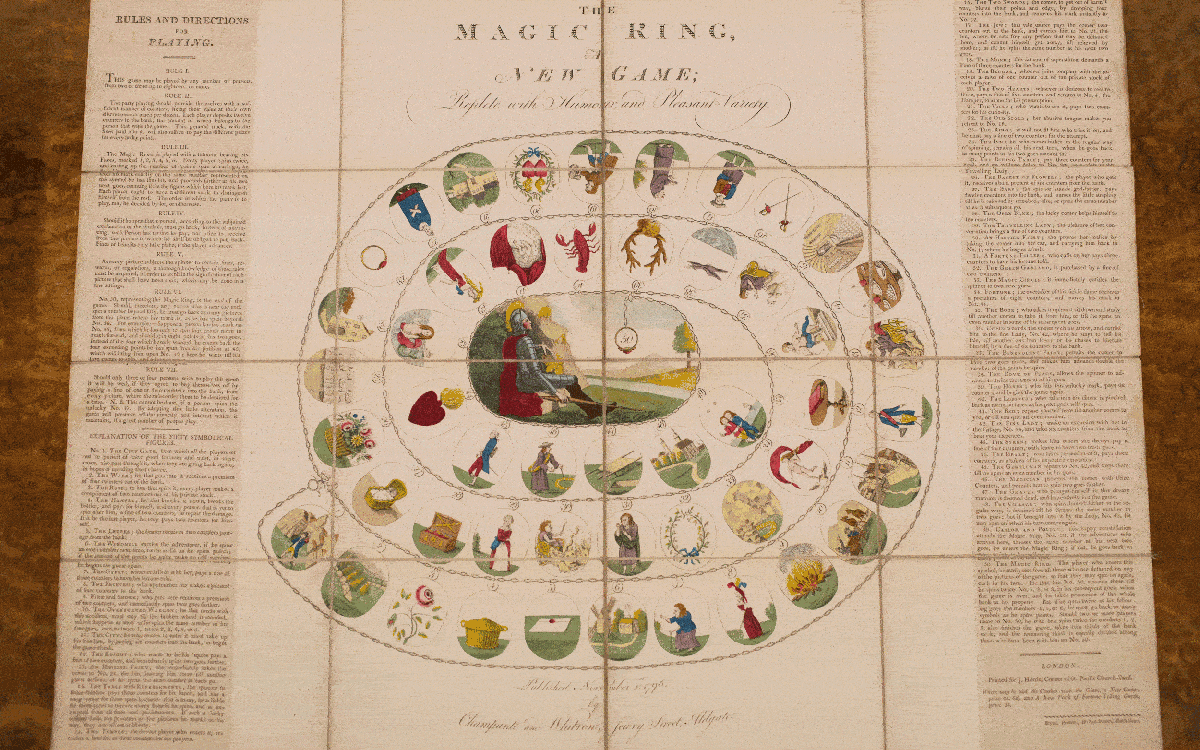Drag history comes to Harvard

Performer Joey Arias’ archive — from David Bowie to Cirque du Soleil — arrives at Houghton Library
Joey Arias would be the first to tell you he isn’t a star.
Arias, whose archives were recently acquired by Harvard Theatre Collection at Houghton, has been a drag queen, cabaret singer, and performance artist for more than 40 years. But achieving the mainstream name recognition of someone like RuPaul Charles has eluded him. And he says he prefers it that way.
“When you hit the top, there’s nowhere else to go,” he explained. “I like to go sideways, where you can transform again and again. I want to still be something unexpected, someone who you’re not sure what you’re going to get.”
Arias got his start as a window dancer and salesperson at the 1970s designer clothing store Fiorucci in New York City. Since then, his performances have run the gamut from R-rated puppet shows and a trippy rock band called Mermaids on Heroin to Cirque du Soleil in Las Vegas and singing backup for David Bowie on “Saturday Night Live.”
One of his longest-running acts is a cabaret show in the style of Billie Holiday, and at Harvard last month to celebrate the opening of his archives, Arias performed two songs in Holiday’s raspy, soulful voice.
His nature as a performer is to cross genres. “My archives show a career that’s not just drag,” he said. “It’s drama, movies, performance art.”
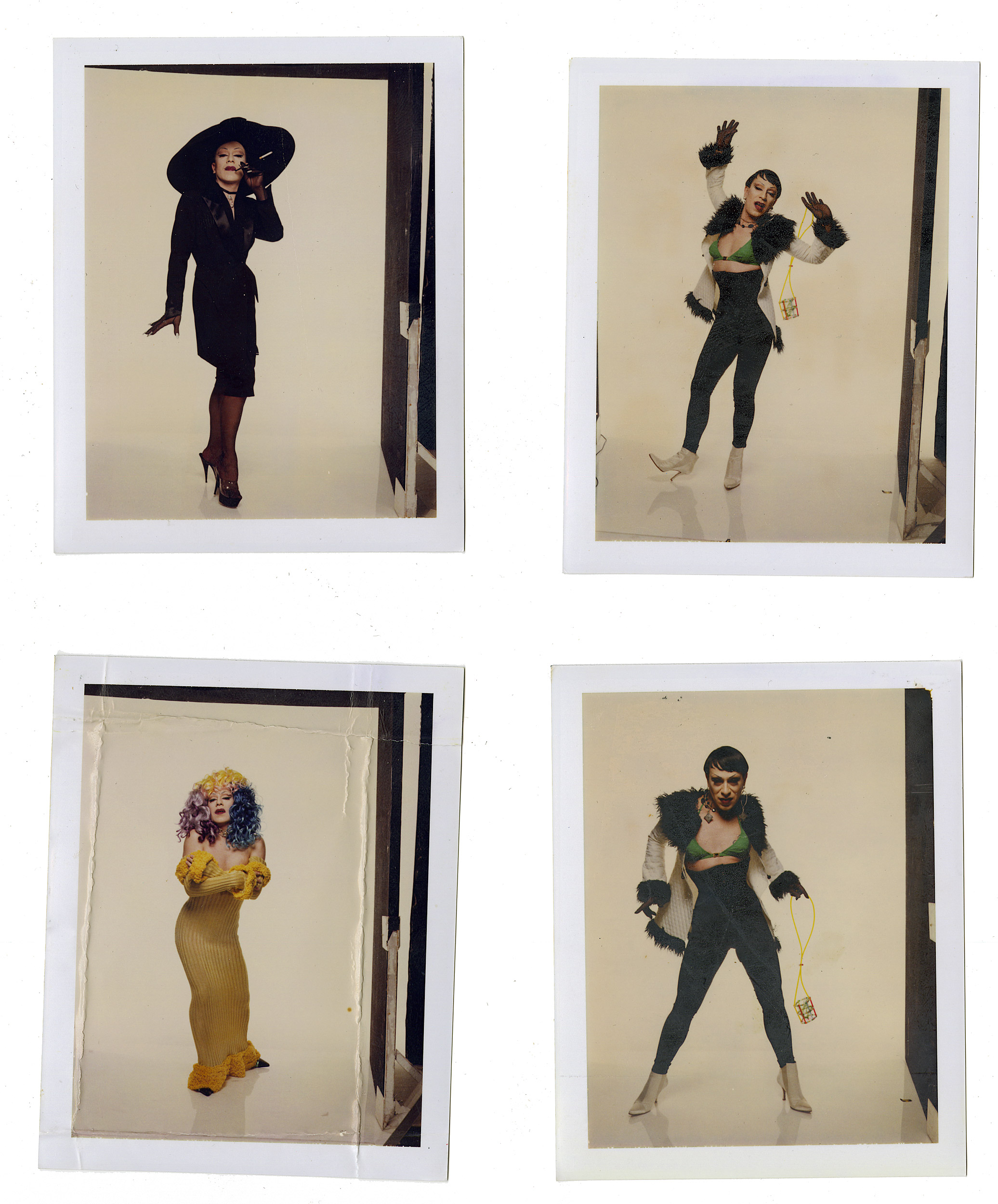
Above: Joey Arias Polaroids from 2000. Top photos: Joey Arias performing in Cirque du Soleil’s Zumanity, 2003.
Images courtesy of Houghton Library
The breadth of his work is now captured in the collection of his papers at the Houghton Library. The Arias Archive includes nearly 70 boxes of photos, correspondence, artwork, posters from shows, and audio materials, said curator Matt Wittmann.
“I don’t know what’s even in some of the boxes,” Arias admitted.
Wittmann said he was particularly excited to acquire Arias’ materials because they represent a broadening of the Theatre Collection’s perspective.
“Joey’s archive illuminates aspects of the performing arts that haven’t previously been represented in our collection,” Wittmann said. “Part of my impetus here has been to reflect the diversity of American life and orient the collection more toward current interests.”
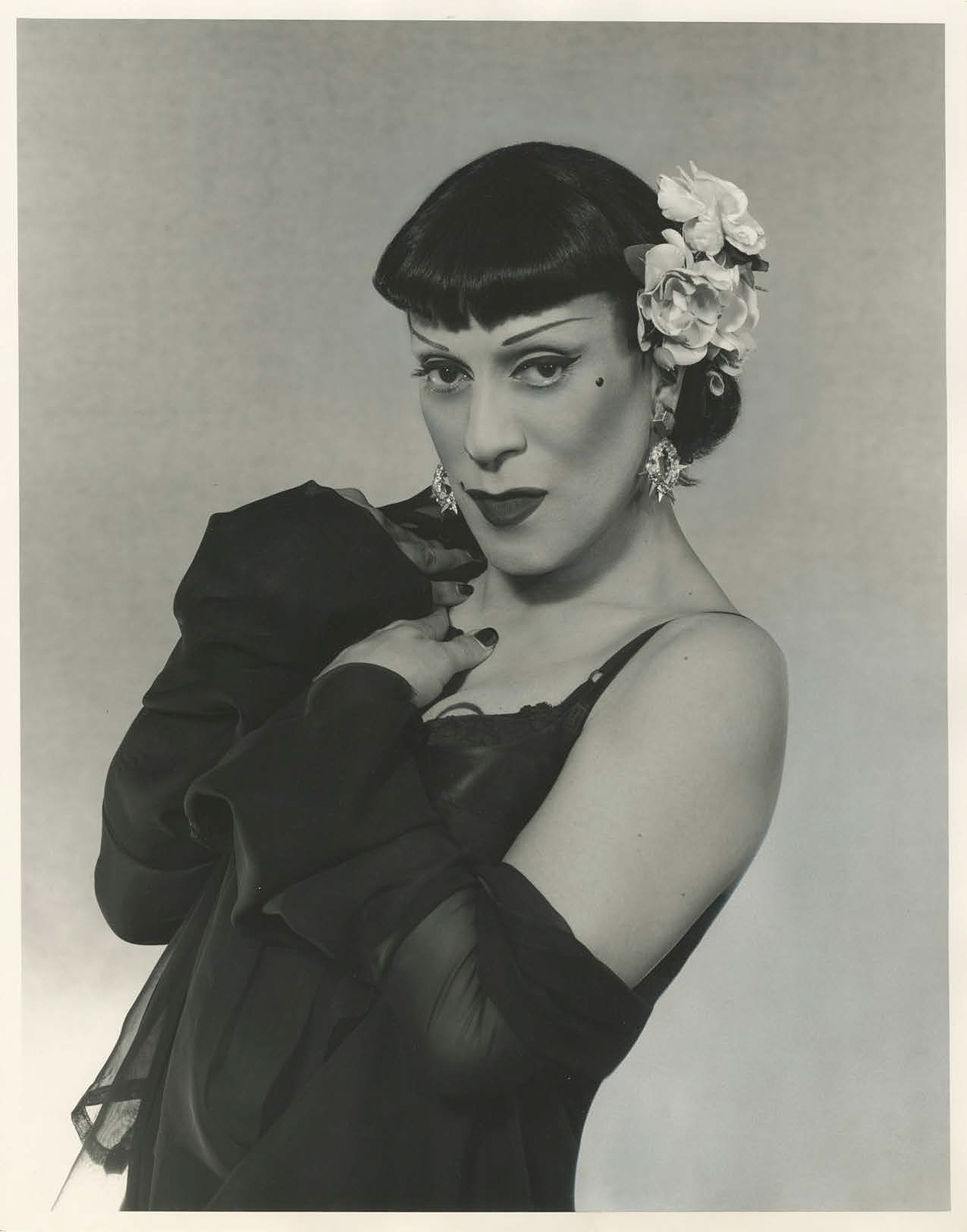
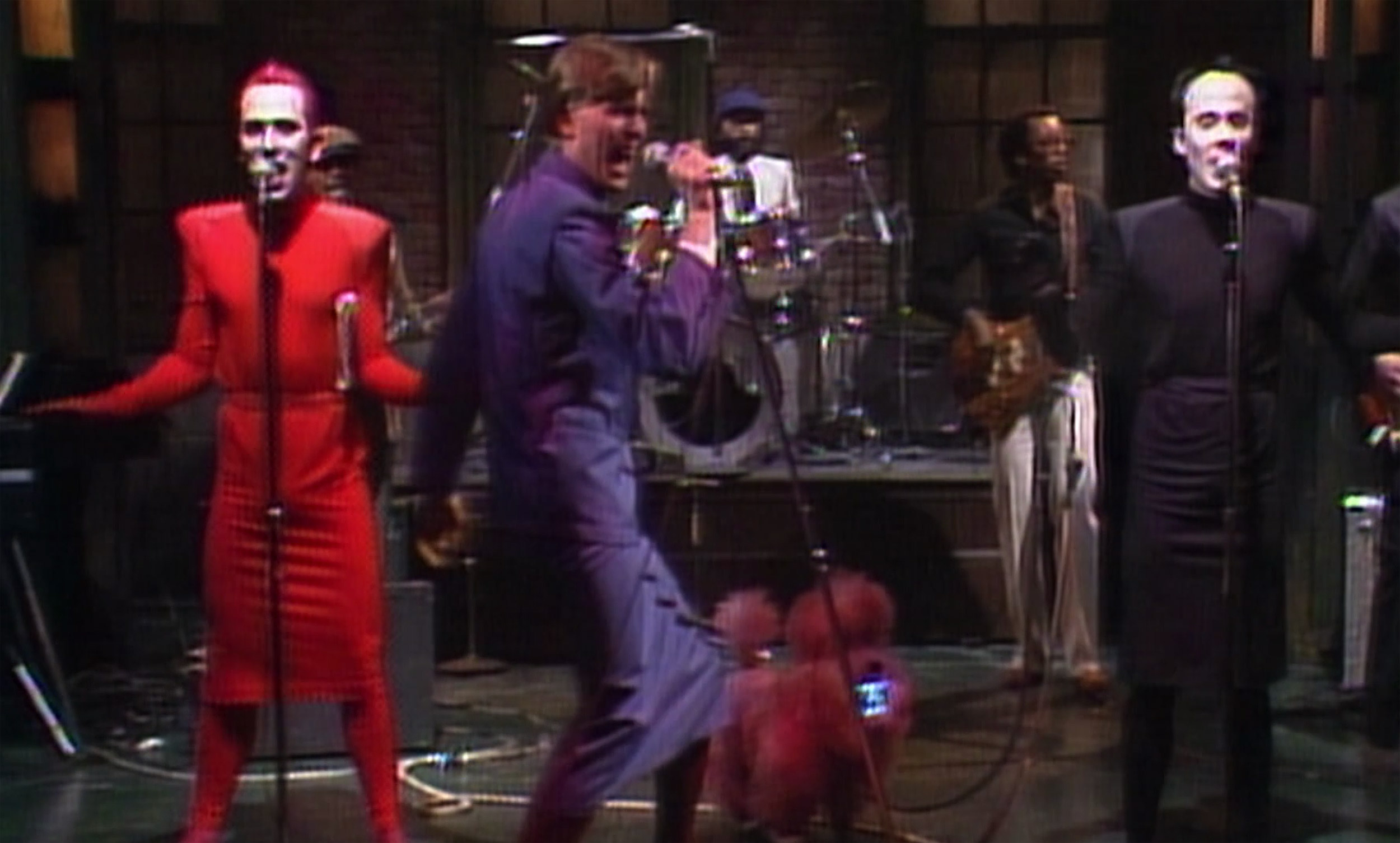
Arias dressed for his Billie Holiday cabaret act and performing with David Bowie and Klaus Nomi on Saturday Night Live in 1979.
“When you hit the top, there’s nowhere else to go. I like to go sideways, where you can transform again and again.”
Joey Arias
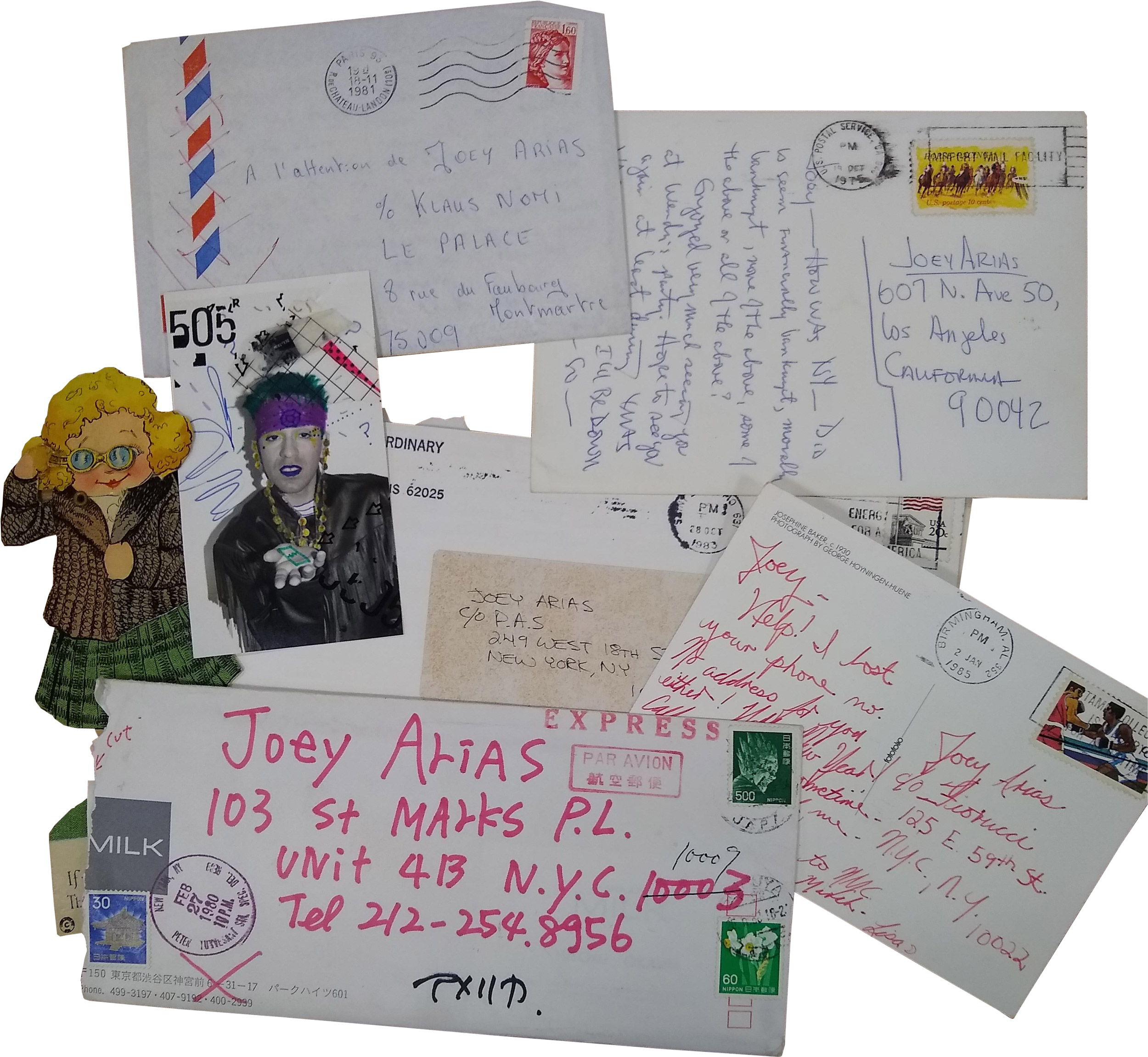
Asked to give an overview of his career, the story told by Arias is a vibrant one, filled with references to cultural icons — the time he did an impression of Andy Warhol for Warhol himself; briefly pursuing fashion and crossing paths with Anna Wintour; meeting Bowie at a club and receiving his phone number scrawled in eyeliner on a piece of toilet paper.
Among dozens of friends and collaborators in the 1970s and ’80s, Arias was closest with the German opera singer and performance artist Klaus Nomi. Nomi, an experimental performer who often combined vocal synthesizers with opera, was Arias’ best friend and roommate. He died in 1983 of complications from AIDS, and Arias became the executor of his estate.
Nomi’s archives, including audio recordings of the singer and his “treasured” record collection, were given to the Theatre Collection along with Arias’ own archive. Preserving and promoting Nomi’s legacy is one of the things Arias feels most passionate about when it comes to sharing his archive with Harvard.
Two other parts Arias is most excited to share — “I like threes,” he explained — are cassette-recorded celebrity interviews from his column for Paper magazine, and more than 600 Polaroids of himself, Nomi, and their friends.
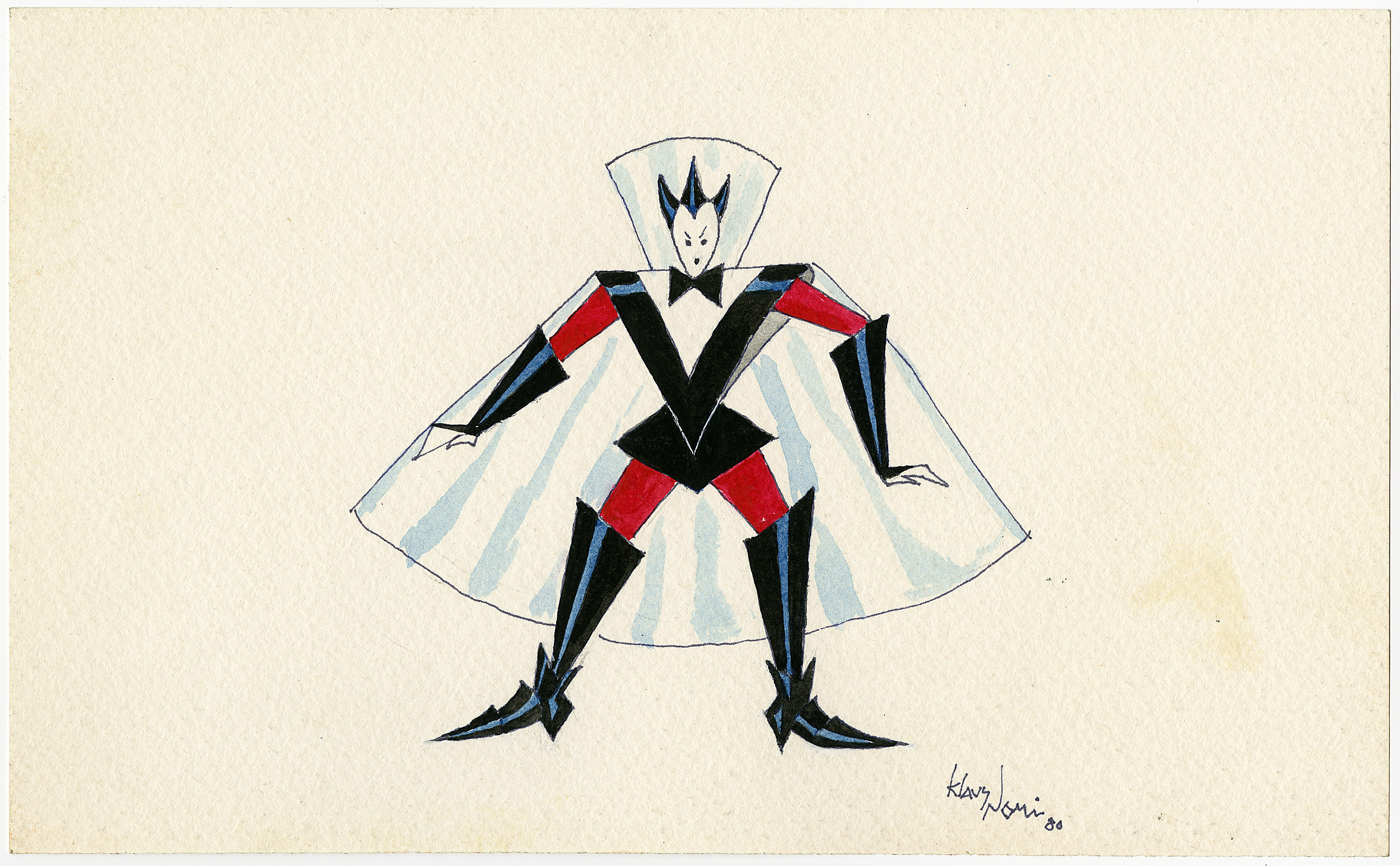
Arias got into drag in an era when it was still primarily underground, and the venues he played were small nightclubs in progressive cities like New York and Berlin.

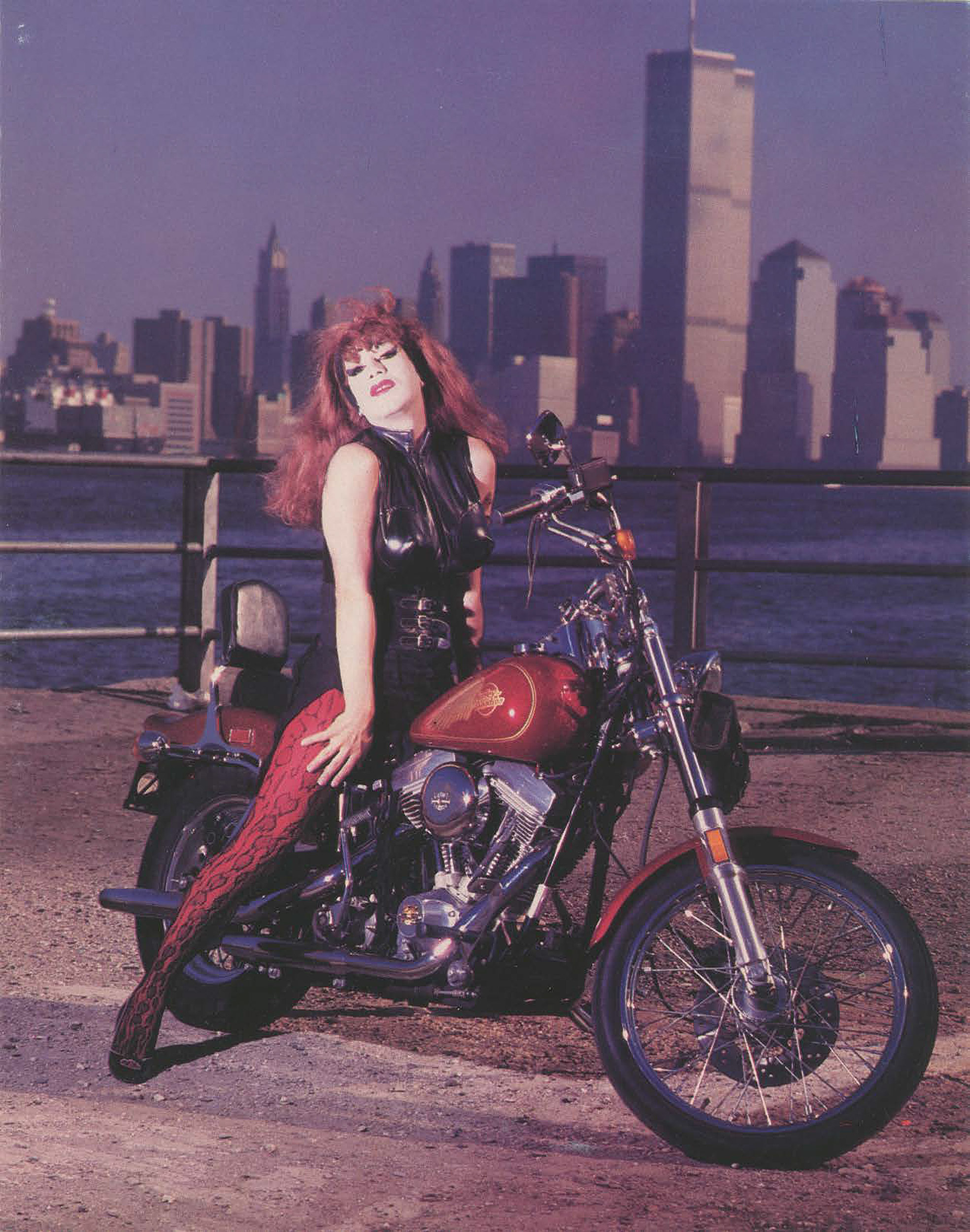
Poster for Arias’ former band Mermaids on Heroin, 1984; calendar shoot, 1987.
For Wittmann, the best part about Arias’ materials is the story they tell about the trajectory of queer nightlife and drag performance.
Arias got into drag in an era when it was still primarily underground, and the venues he played were small nightclubs in progressive cities like New York and Berlin. Singing with Bowie on “Saturday Night Live” was the exception, not the rule, for drag performers.
Thirty years later, Arias was on Broadway, his show advertised with dazzling full-color posters instead of grainy photocopies.
“The opportunities for drag performers in 1985 versus now, you can see how that world changed through his papers,” Wittmann said. “Yes, Joey himself got more successful, but the world around him also changed, the reception to him changed.”
In recent years, the rise of TV shows like “RuPaul’s Drag Race” and “Pose” have brought drag into mainstream popular culture in a way that Arias finds incredible. Drag brunch is now a staple in cities around the U.S., and many community libraries have started “drag reading hours.”
While Arias is excited to see a larger acceptance of drag, he doesn’t think his work has much in common with drag brunch. Rather, he sees himself as an artist who uses the medium of drag as one would use paint or dance.
“RuPaul’s Drag Race” has attained such mainstream success, Arias said, “It’s like the McDonald’s Corp. now.”
That’s not what he wants for himself, he said. He loves that he has always been able to maintain some level of underground status and unpredictability.
Arias said he hopes people will see his ability to “go sideways” in his archives.
“I think the collection shows that I’ve evolved through persistence, challenges, taking chances, experimenting,” he said. “It shows the creativity of my versatility and fearlessness over the decades.”



